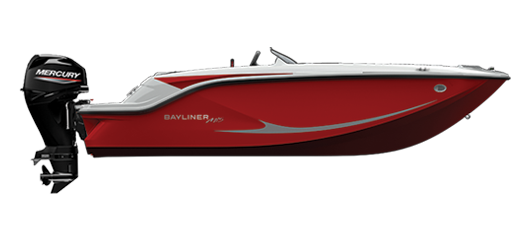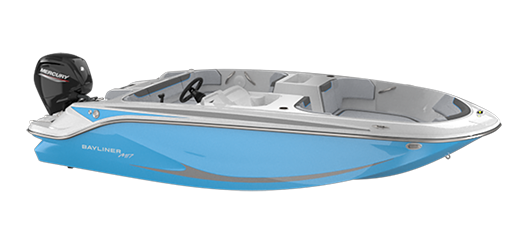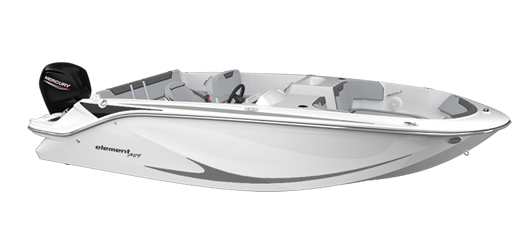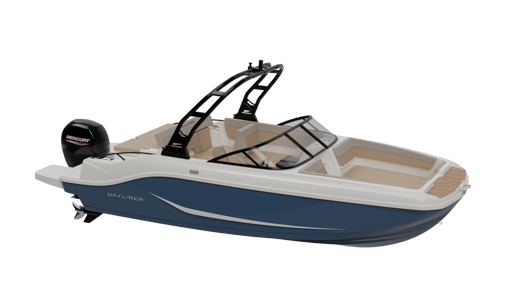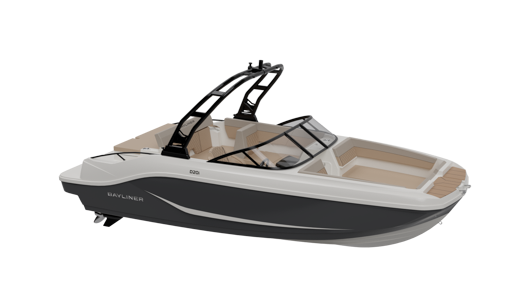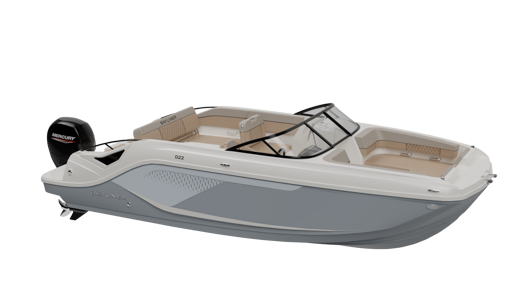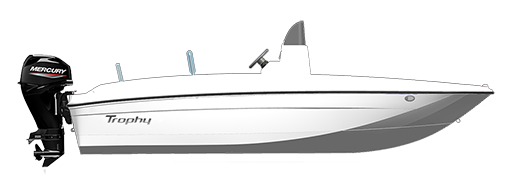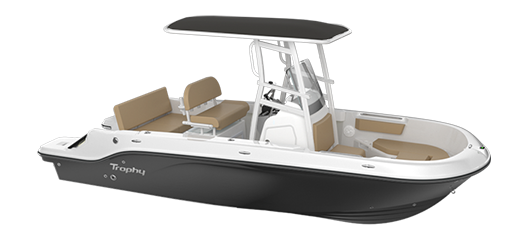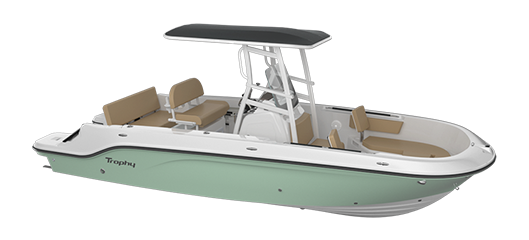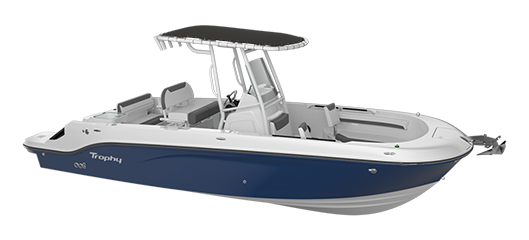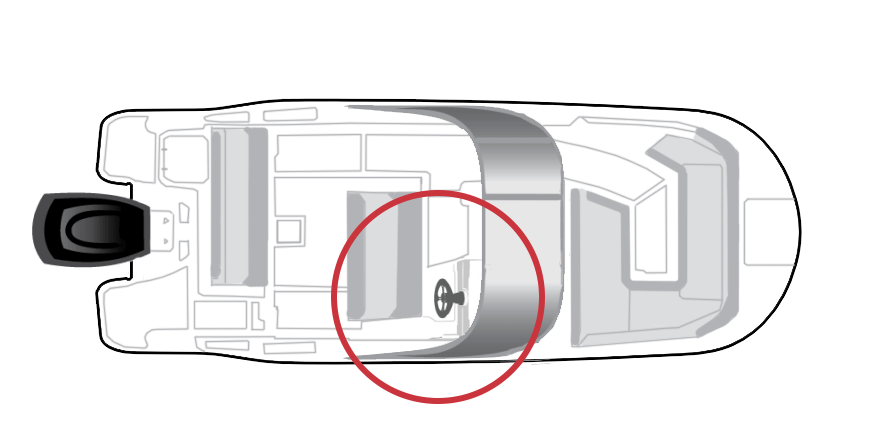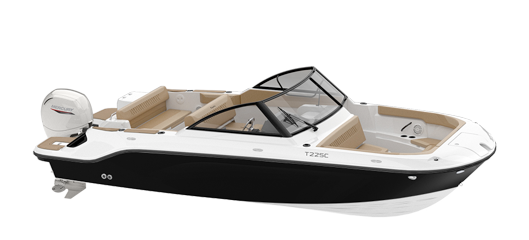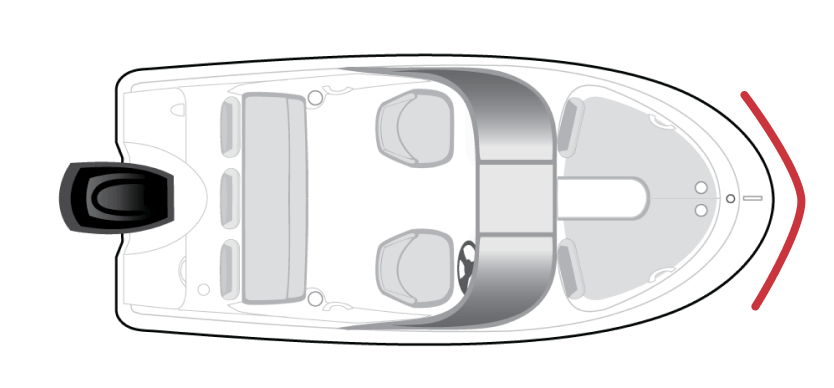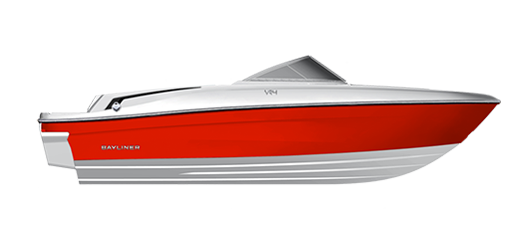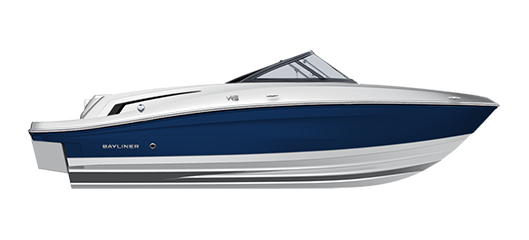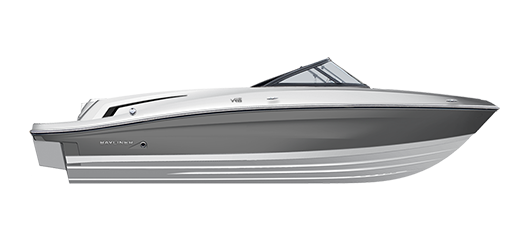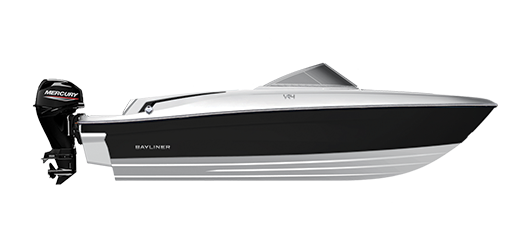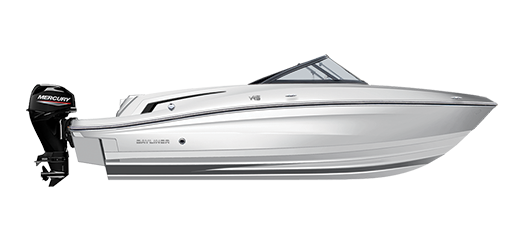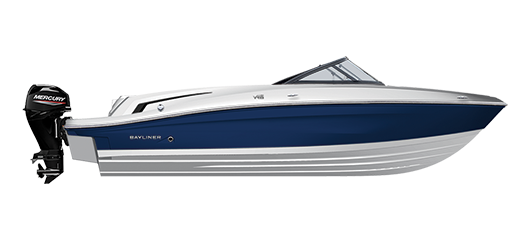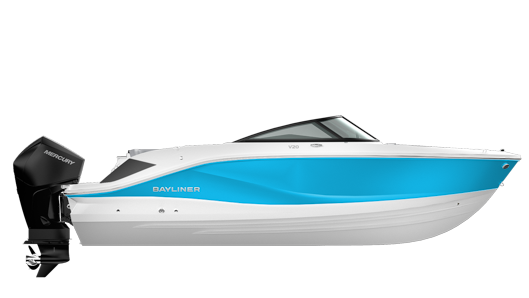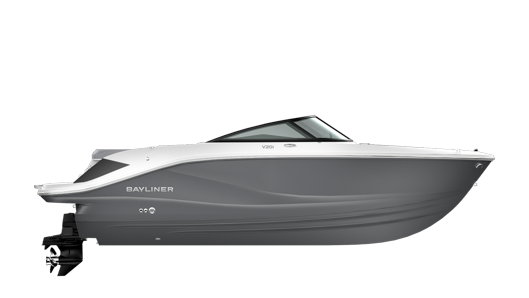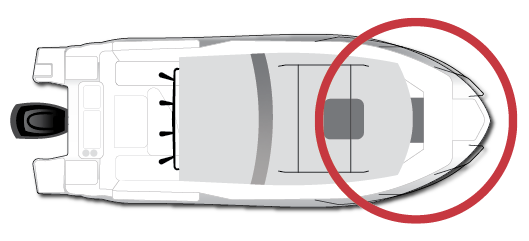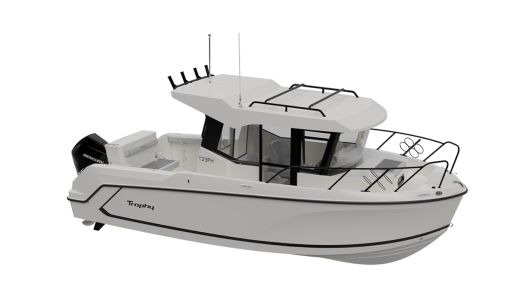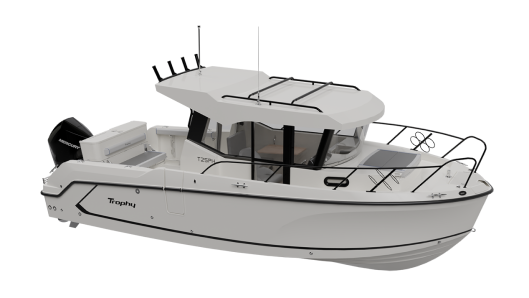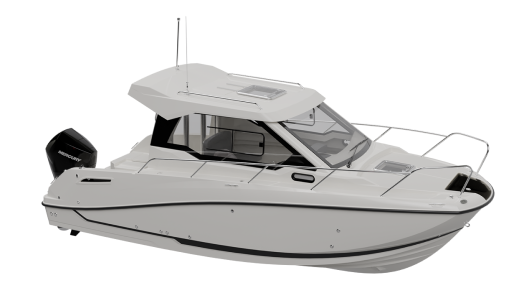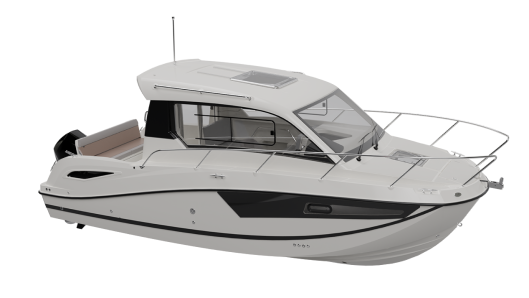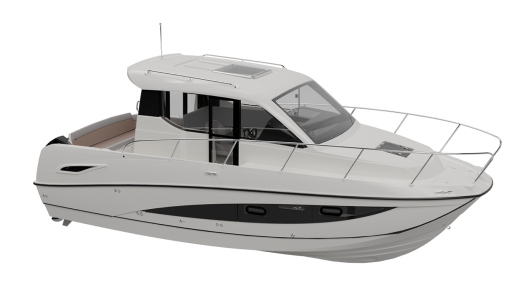?$H-2000-2000$&fit=constrain&fmt=webp-alpha)
Cleaning & Maintaining Your Bayliner Boat
What are the most important things an owner can do to help maintain their Bayliner boat?
It's great to bond with your dealer’s salesperson, but you should also cultivate a close relationship with the dealer’s service team as well. They’re the ones who will help you keep your boat in tip-top shape throughout the season. Bayliner only sells parts to authorized dealers, and they are your ticket to obtaining required parts quickly.
While people want to clean their boats thoroughly, many use cleaning products that are too harsh and abrasive for their boat’s gelcoat and vinyl. We recommend using mild soaps and soft-bristle brushes, which are sufficient for most cleaning jobs.
Using a boat in saltwater requires special attention since it is so corrosive. Make sure to rinse off boats and trailers with a garden hose and avoid using a high-pressure washer, which can cause damage.
Give your boat a chance to dry after a thorough cleaning. Putting your mooring or cockpit cover on while the interior is still wet can enable mold and mildew to develop inside your boat, causing stains and unpleasant smells.
Periodically, do a thorough inspection, looking at things like the caulking seals between components. If you see any drying, cracking or gaps, have it taken care of immediately.
A lot of people just clean what they can see but forget places like in between cushions and underneath surfaces. Remove your cushions and clean behind them periodically.
For stainless steel components, mild soap and water also work well. Most glass cleaners are also safe and effective.
We recommend mild soap and water for general cleaning and advise against using detergents regularly. When using any cleaning product, rinse afterward with plain water.
When your boat is stored for the winter, unless your boat is shrink-wrapped, check periodically to make sure critters haven’t found their way inside. You don’t want any surprises come springtime.

How do I maintain my Mercury or MerCruiser engine?
The owner’s manual has a great deal of information about maintenance schedules. Get together with your dealer and arrange a schedule for taking care of needed procedures.
Before going out in your boat, perform an inspection and be sure to check the oil level. New generation Mercury outboards make this task easy with a service hatch on the top of the cowling.
Make sure you follow the manual’s recommendation for minimum gas octane; some Mercury engines require higher octane levels to deliver peak performance.
When cleaning your outboard or sterndrive’s lower unit, don’t use harsh cleaners, and avoid using a high-pressure sprayer. Also, avoid spraying water into the engine’s air intake.
If you operate your engine in saltwater or muddy water, flush it according to the procedure outlined in the owner’s manual. For outboards, remove the cowling, and gently rinse off the engine with an unpressurized garden hose, avoiding the air intake. Periodically, spray Corrosion Guard on metal surfaces.
It’s best to let the dealer handle the end-of-year winterization procedures and preventative maintenance.

Drive for Maintenance
Make sure your engine is tilted down and the outdrive is submerged before starting your engine. If you accidentally start it with the prop in the air, stop the motor, tilt it down and let it cool for a few minutes before restarting.
Some new boaters shift too tentatively. If you hear a ratcheting sound, you are shifting too slowly; a clunk sound means the gears are engaged properly.
When putting a boat on plane, some new boaters advance the throttle too slowly, which makes the engine work harder. Advance the throttle lever quickly then back off once the boat’s on plane.
Periodically run your engine at wide-open throttle. Mercury engines are not like car engines, which are optimized to operate at low to mid-range rpm. Our motors are designed to operate at all rpm, including running at high rpm for extended lengths of time. Running them at least occasionally at full rpm can prevent glazing of the cylinder wall, which can cause problems.
Keep your boat new...forever!
By properly maintaining your boat and motor, you can keep your boat looking as good as it did the day it rolled off the showroom floor.

